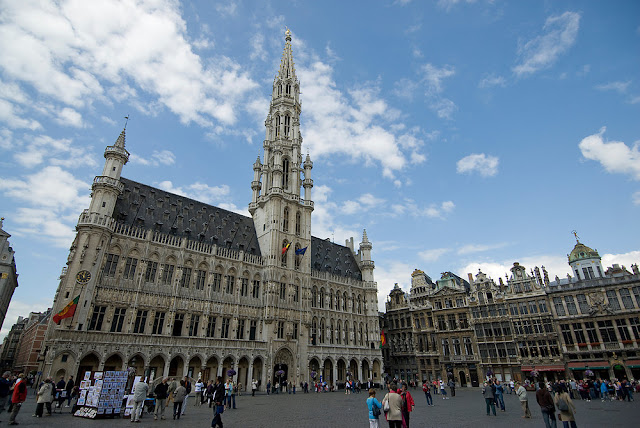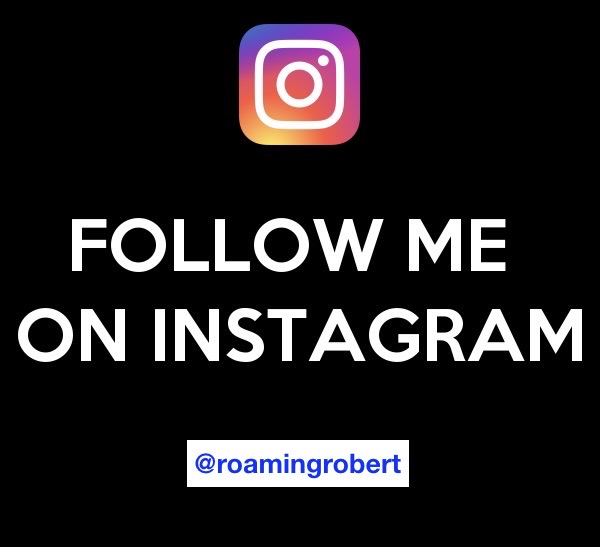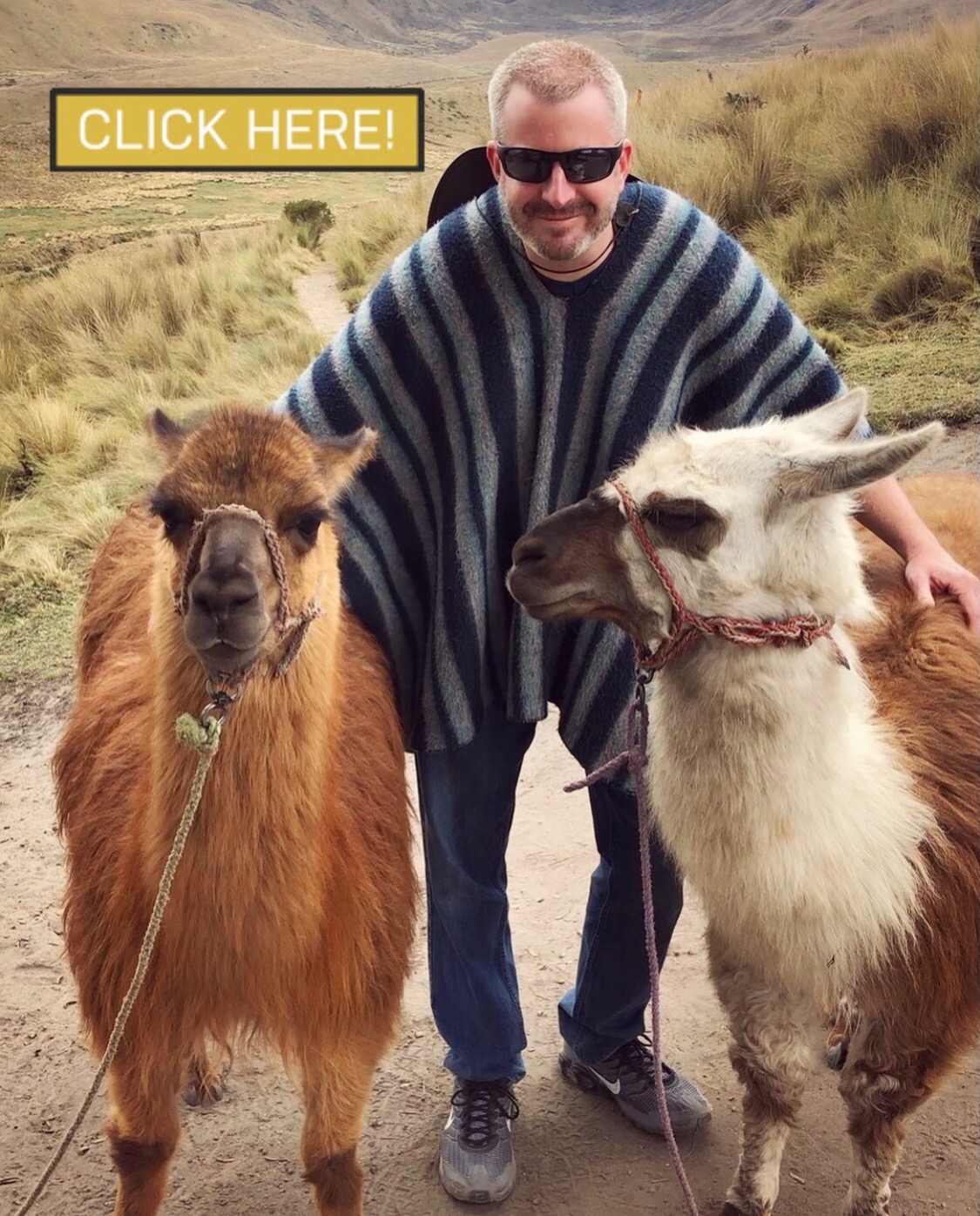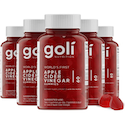Brussels is the capital of Belgium and also the centre of government for the European Union. It’s the country’s largest city and brings in around six million visitors a year – although 70 percent of these come for business. The city is divided into the two main areas of Lower Town and Upper Town.
The Lower Town is centered around the Grand Place and is considered the heart of the city. It has historically also been the poorer area where immigrants and workers lived. For most visitors to Brussels, the Grand Place is the first locale of interest. The cobblestone square which is rich in 17th century architecture is a perfect symbol of the city. The Hotel de Ville dominates the square. Built at the end of the 15th century, it stands 315 feet high.
There are a number of great restaurants in and around the Grand Place. Many offer outside seating, providing excellent views for both people watching and admiration of the architecture. Upon entering the square from Rue C. Buls Straat, you’ll encounter the famous statue of Everard ‘T Serclaes. It’s a tribute to the man who was murdered defending Brussels in the 14th century. Many believe that those who touch his bronze arm will be blessed with good luck.
Rue des Bouchers located just northwest of Grand Place is a very neat street to walk. With its numerous cafes and restaurants, it’s known as the “Belly of Brussels.” At night, you’ll see displays of seafood pilled high on mounds of ice in an attempt to draw in more customers.
One of the most overrated and very unlikely attractions in all of Brussels is the Manneken Pis. It’s a tiny statue of a young boy relieving himself into a small pool of water. Barely standing 1 foot tall, you will never see this statue without a crowd. Its inspiration is unknown but one theory claims that in the midst of battle during the 12th century, the son of a duke was caught urinating against a tree and was then commemorated in bronze as a symbol of the country’s military courage. In 1698 a tradition was started where visiting Heads of State would donate miniature versions of their national costume for the boy. Now he has over 650 outfits which even include an Elvis suit. These can be seen in the Musee de la Ville located in the Grand Place. I won’t say where, but see if you can find his “sister” Jeanneke Pis. Built in 1987, it’s an acknowledgment of sexual equality.
Rue Neuve is the longest pedestrian shopping street in the city. You’ll find well-known international chainstores as well as large shopping malls. Shoppers have been flocking here ever since the 19th century in search of reasonably priced goods.
While Lower Town was a mainly Flemish-speaking centre for trade, Upper Town was traditionally home to French-speaking aristocrats and royalty. It’s known for Gothic churches, fine museums, and modern architecture.
The Quartier Royal which is made up of 3 palaces and one park has traditionally been home to Brussels’ nobility and rulers. The largest of the palaces, the Palais Royal is the official home of the Belgium monarch and family. The Parc de Bruxelles which was once hunting grounds used by the dukes of Brabant was redesigned in the 1770’s and now features fountains, statues, and tree-lined paths making it a lovely place to walk.
Another park, built in 1880, is the Parc du Cinquantenaire is a great place to spend an afternoon. Tree lined avenues make it ideal for leisurely strolls and quiet relaxation. The central Archway which was based on the Arc de Triomphe in Paris was conceived as a gateway into the city.
If you’re going to visit just one museum in Brussels, the best choice is probably the Musee d art moderne. Its sheer size and number of works will keep you occupied for hours. Best known for having the finest collection of Flemish art in the world, its works include that of van Dyck and Rubens.
Just north of the city centre, you can find the very popular Atomium. Standing next to the Bruparck theme park, it was built for the 1958 World Fair to signify the world moving into a new age of science and space travel. It is a giant scale model of an atom with multiple escalators leading into the hollowed out electrons – one of which features a kids’ sleepover area that can be rented out for parties. There is also a cafeteria at the top with panoramic views of Brussels.
Brussels is a lovely city to visit. It marks the divide between the Flemish north and French-speaking south, making it well diversified in both culture and cuisine. Since Brussels is in the heart of Belgium and the country itself is rather small, the ancient Flemish towns of Antwerp, Ghent, and Bruges are within easy reach and just a short train ride away.









 American Dollar Converter
American Dollar Converter






Speak Your Mind